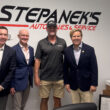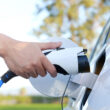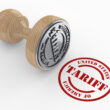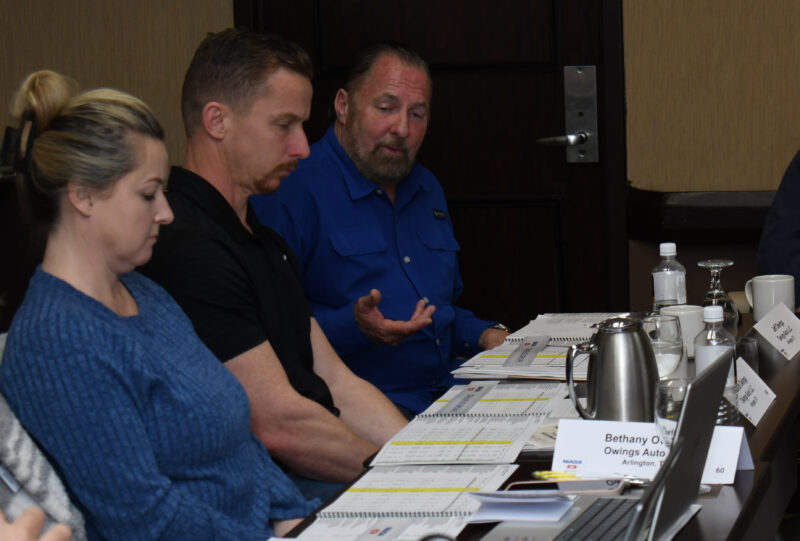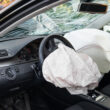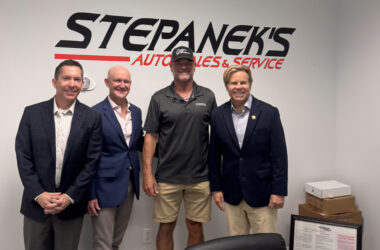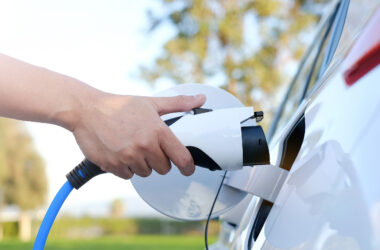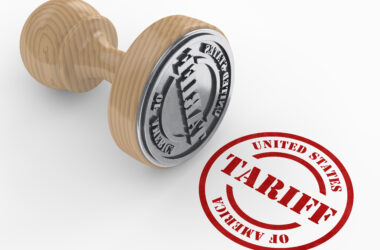From the July issue of UCD
By Jeff Owings
After 40 years running a buy-here, pay-here used car dealership, I’ve watched giants rise and fall through turbulent times — and I wouldn’t trade it for anything.
This niche, serving nonbankable customers, is a goldmine bursting with opportunity, and every day I’m grateful to do what I love. I can’t imagine a job more rewarding than tackling the challenges of managing sales, inventory, cash flow, employees, service and the whole vibe of the dealership. It’s a privilege to keep it all humming, and sharing insights with other dealers who feel the same fire for this business is pure joy.
I’ve poured 40 years into this, and I’m hoping for 20 more because there’s nothing I’d rather do. But it’s no easy ride.
To build a dealership that endures, master three pillars: cash flow, profitability, and Collateral Recovery Rate (CRR). Lenders scrutinize these metrics, and ignoring them is a recipe for failure.
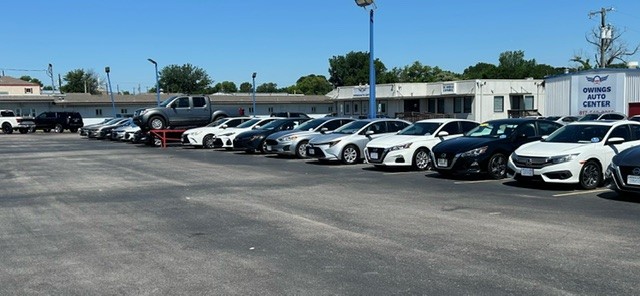
Cash flow is your lifeline. Forget waiting for “200 more accounts” to break even —structure your deals to generate positive cash flow now. I track it deal by deal, woven into every transaction.
Profitability is your long-term report card. You don’t need to be profitable every month, but you must show gains over time.
CRR, though, reigns supreme. It measures how much value you recover from collateral, like repossessed cars, when customers default. A strong CRR — 72 percent or higher (I aim for 80 percent) — tells lenders you’re a safe bet, unlocking better loan terms or credit lines.
Cash flow and profitability can get quick fixes. Need a boost in these? Raise prices slightly while lowering down payments to jumpstart profits. To boost volume, extend financing terms or ease underwriting. These are bandages, not cures, and won’t build long-term health for your portfolio, but can work short-term if your CRR is strong.
Fixing a weak CRR is brutal. It means cutting markups, raising down payments, and tightening underwriting — all at once. These moves strangle sales, cash flow, and profits for months, maybe years, so you’ll need deep reserves or strong lender ties to weather it. I’ve been through this grind, and it’s not for the faint of heart.
To keep CRR strong, double down on collections. Keep customers paying to reduce defaults and lift CRR. Use lean markups — just enough to stay profitable. High markups boost short-term gains but balloon losses when customers default, tanking CRR.
Here’s a critical tip: rethink how you value repossessed cars. If you’re breaking even at auction on wholesaled vehicles using standard trade-in values, you’re undervaluing your keepers — the cars you retail again. You should expect to lose about $1,000 per car at auction because keepers are worth more. Breaking even? That’s a red flag. Recheck your valuation metrics to avoid selling keepers too cheap or padding new markups at the expense of CRR.
A robust CRR makes your dealership attractive to lenders and investors, giving you flexibility. It’s not about gaming the system; it’s about prioritizing CRR management. Balance cash flow, profitability, and CRR, but put CRR first. It’s the bedrock of a dealership that thrives for decades, not one that crashes and burns.
Here’s a bonus tip: Keep an eye on your interest income from customer notes compared to your monthly net charge-off losses. When your interest income covers those losses, managing the business gets a whole lot easier—and way more fun. Better yet, aim for interest income to cover both charge-offs and your bank interest expenses. That’s when this business becomes a thrill to run. Track it, measure it, and chase that goal — it’s a game-changer. A strong CRR, paired with solid interest income, keeps you in the driver’s seat.
Jeff Owings
jeff@owings-auto.com


